
Damp, Moldy, and Peeling Walls Ruining Your Home’s Aesthetic? This Simple Fix Will Make Them Look Brand New
Damp, Moldy, and Peeling Walls Ruining Your Home’s Aesthetic? This Simple Fix Will Make Them Look Brand New — Without Costing a Fortune
Below is a comprehensive and detailed guide on the causes and effective solutions for dealing with damp, moldy, and peeling walls — helping you keep your home clean, beautiful, and long-lasting.
Damp and Peeling Walls: A Sign of Serious Structural Damage
Damp, moldy, and flaking walls are not only unsightly but also a warning sign of severe deterioration in your building's structure. If not addressed properly, this issue can compromise the integrity of your home, promote mold growth, pose health risks, and lead to costly long-term repairs.
Common Causes of Damp and Peeling Walls
1. Water Seepage from Outside
Walls exposed directly to the elements, such as exterior walls, balconies, and eaves, are highly susceptible to rainwater infiltration. If not waterproofed correctly, water can seep through paint and plaster layers, creating damp patches and causing the surface to blister and peel.
2. Leaky In-Wall Plumbing
Localized, round, or irregular damp patches can indicate a hidden leak in the water supply or drainage system. This is often seen in bathrooms on upper floors, kitchens, or areas near air conditioners.
3. Rising Damp from the Ground
If the foundation wasn’t waterproofed properly, ground moisture can rise and seep into the lower portions of walls, especially during rainy seasons.
4. Poor Construction Practices
Using low-quality paint, skipping alkali-resistant primers, or painting over wet walls are common errors that accelerate peeling and mold growth.
Consequences of Ignoring the Problem
-
Loss of Visual Appeal: Mold and peeling patches make your walls look dirty, aged, and neglected.
-
Health Risks: High moisture levels create ideal conditions for mold, which can trigger allergies, rhinitis, and asthma.
-
Weakened Structural Integrity: Prolonged water exposure can corrode steel reinforcements, crack concrete, and lead to wall collapse or subsidence.
-
Repeated Repair Costs: Simply repainting without addressing the root cause will result in recurring damage and mounting expenses.
Step-by-Step Guide to Treating Moldy, Peeling Walls
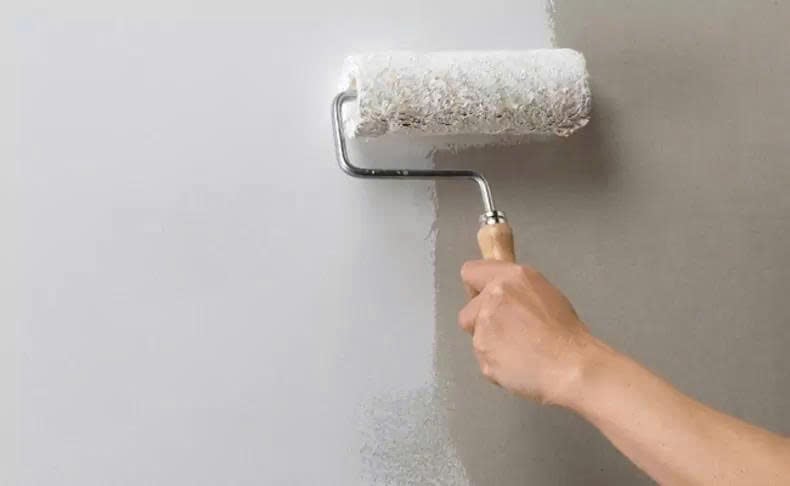
Step 1: Identify the Root Cause
Observe the shape and location of the damp spots to determine the cause:
-
Moisture rising from the base → likely due to ground water.
-
Stains from the top down → may indicate rainwater from the roof or balcony.
-
Circular stains with odor → likely a pipe leak.
Correct diagnosis is key to choosing the most effective and economical solution.
Step 2: Remove Damaged Material
Use a scraper or wire brush to remove all loose paint and swollen plaster. Clean the surface thoroughly and allow it to dry for 24–48 hours naturally, or use a heat blower for faster drying.
Step 3: Waterproof Based on the Cause
-
Cement- or acrylic-based waterproof paint: Ideal for exterior walls, roofs, and wall bases.
-
Bitumen membrane or torch-on waterproofing: Suitable for flat roofs and terraces.
-
Replace or reinforce leaking pipes: If internal plumbing is the issue.
-
Negative side waterproofing: For shared or boundary walls that can't be treated from the outside.
Step 4: Patch and Repaint
Apply a layer of waterproofed filler or cement mortar to smooth the surface.
Once dry, apply an alkali-resistant primer followed by two coats of high-quality waterproof paint (preferably silicate or acrylic-based).
Important Notes When Treating Damp Walls
-
Never paint over a wall that is still damp.
-
Choose branded materials with clear origins.
-
Improve ventilation and drainage in damp-prone areas like bathrooms and basements.
-
For long-standing water damage, consult a professional for a thorough inspection and permanent fix.
Final Thought
Damp, moldy, and peeling walls are common — but they are absolutely fixable if caught early and treated properly. Invest in quality waterproofing from the start instead of repeatedly paying for cosmetic fixes. Keeping your home dry and clean is not just about aesthetics — it’s about protecting your family’s health and quality of life.
News in the same category


A Nutritious Dish That Helps Ease Rheumatoid Arthritis and Can Be Cooked in Many Delicious Ways

Be careful when planting these plant
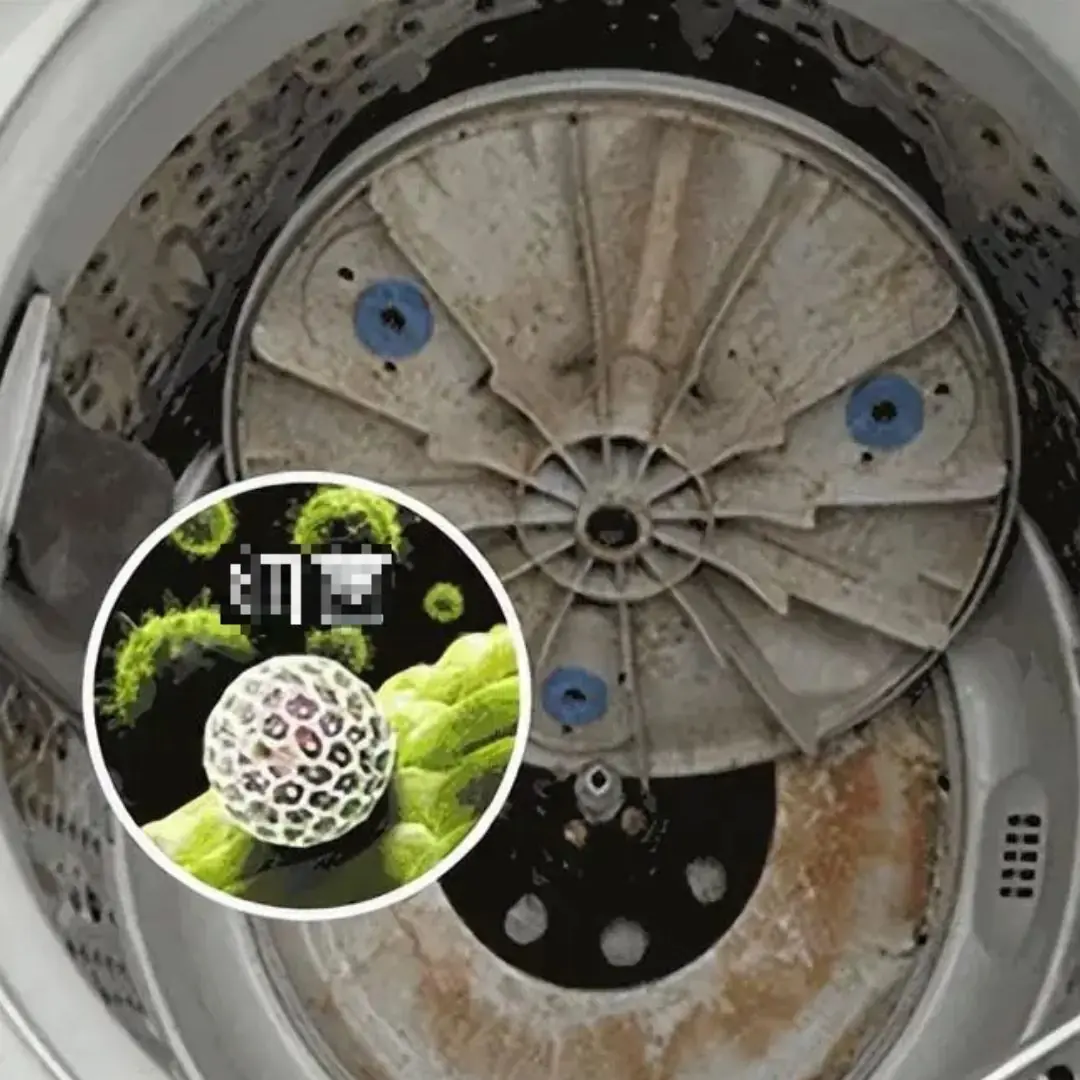
There’s one household item most people forget to clean, yet it can quickly turn into a hotspot for bacteria and illness
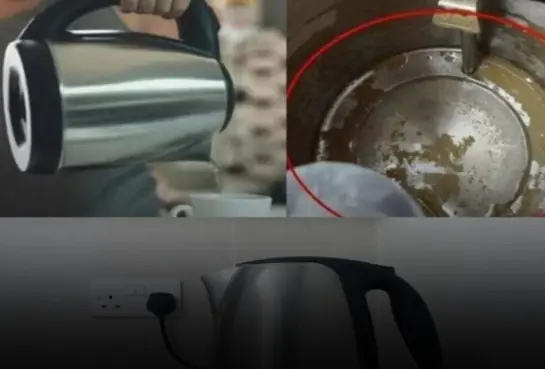
Condolences to those who are using these 4 types of electric kettles

Housewives need to pay attention to this
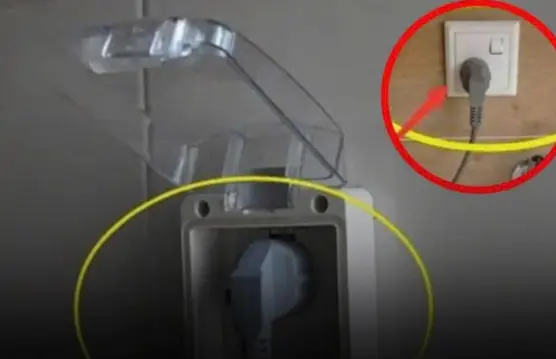
Be sure to unplug to reduce electricity bill

4 types of fish covered with "para.sites"!

The 3 most toxic pork parts in the market, no matter how cheap, don't buy them or you'll get sick

Unlock the secret to choosing perfectly tender, flavorful eggplants — fresh, safe, and free from preservatives!

Follow this tip and your fish will stay fresh without losing its nutrients

What Happens to People Who Regularly Eat Sweet Potatoes for Breakfast Over a Long Period of Time?
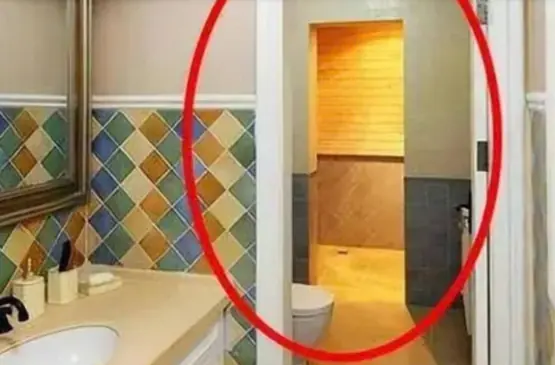
Bathroom and toilet doors should be closed or open

Snakes are very af.raid of these 2 types of flowers
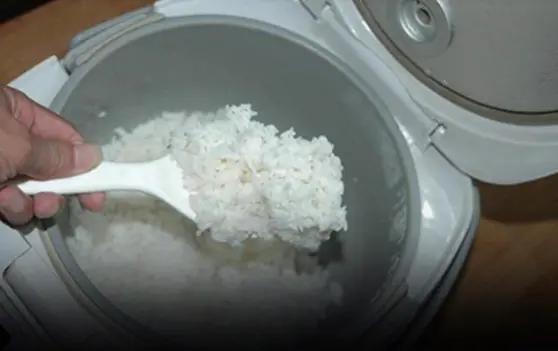
Everyone needs to pay attention when reheating cold rice
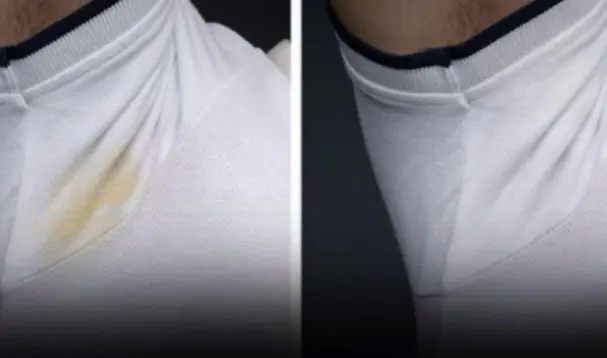
Simple tips to clean yellow sweat stains on white shirts

Tips to Keep Ginger Fresh All Year Without Sprouting — Fragrant and Firm Like New

Add One Small Step to Keep It Fresh and Sweet for a Whole Year
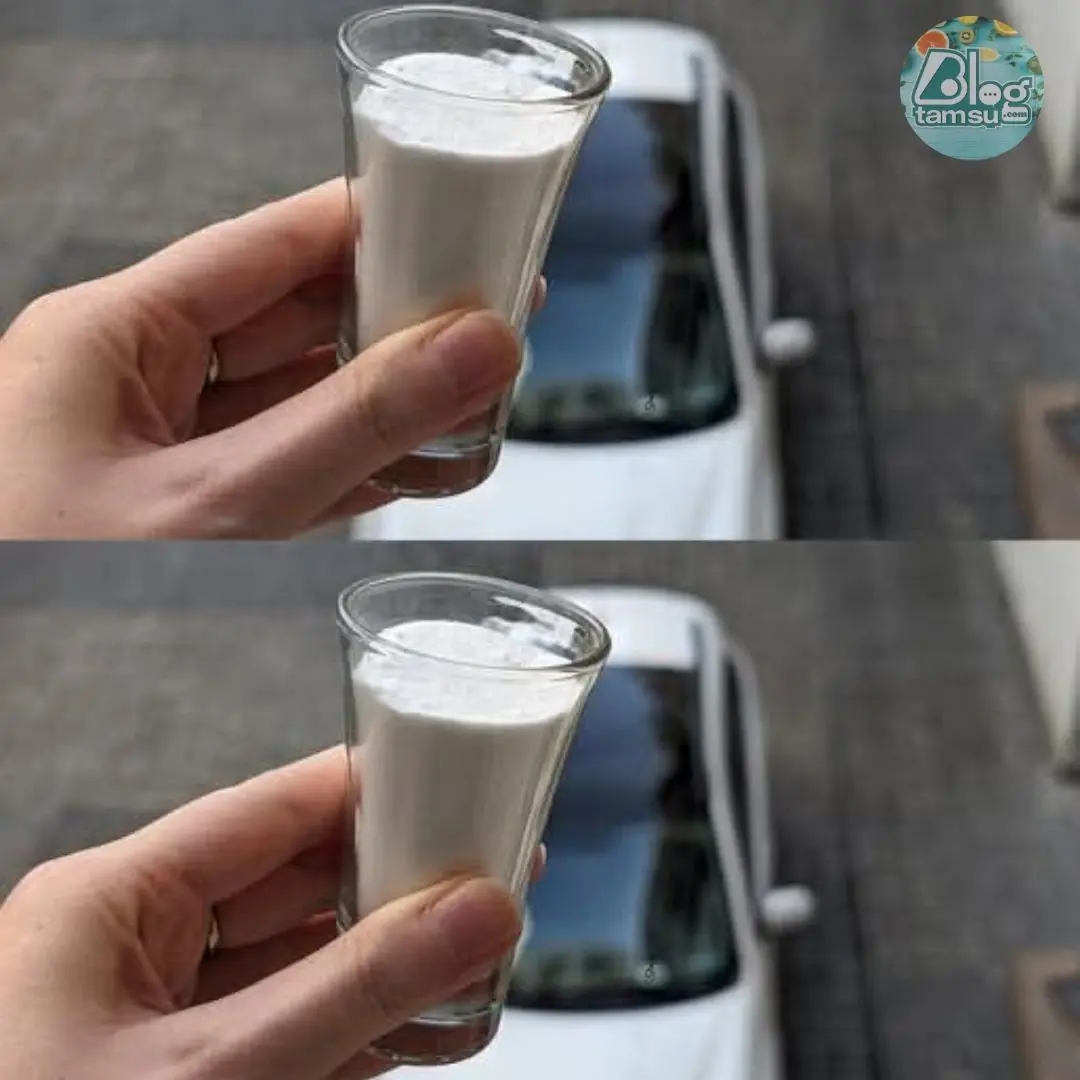
Put 1 Glass of Salt in a Car: Surprising Hack Every Driver Needs to Know
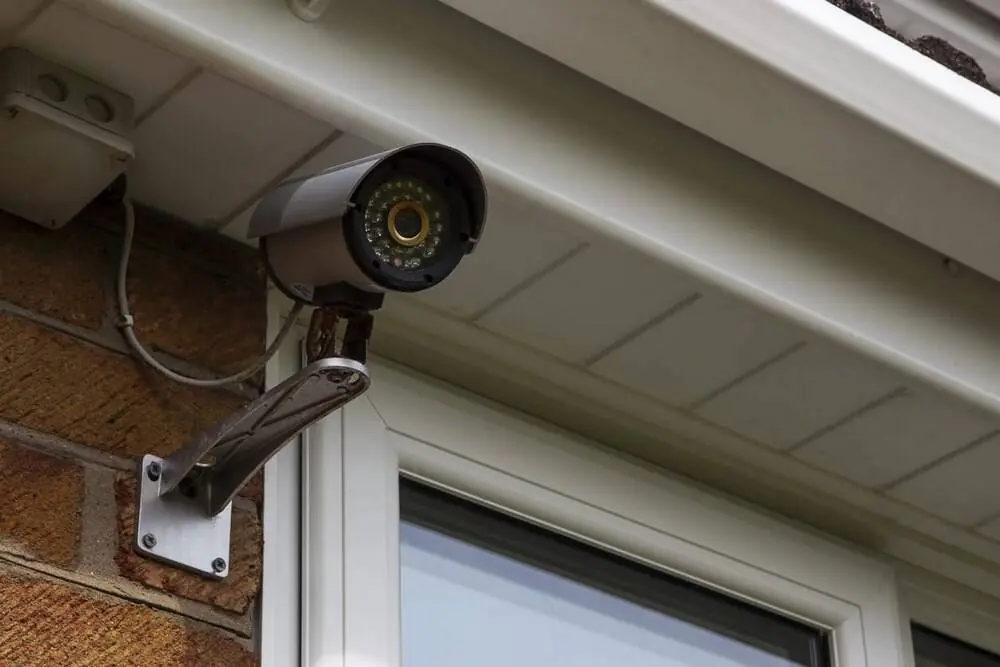
6 Indoor Spots Where You Should Never Install Security Cameras
News Post

Banana Blossom: Health Benefits, Recipes, and Traditional Uses

This plant grows everywhere. We see it, but miss its secrets
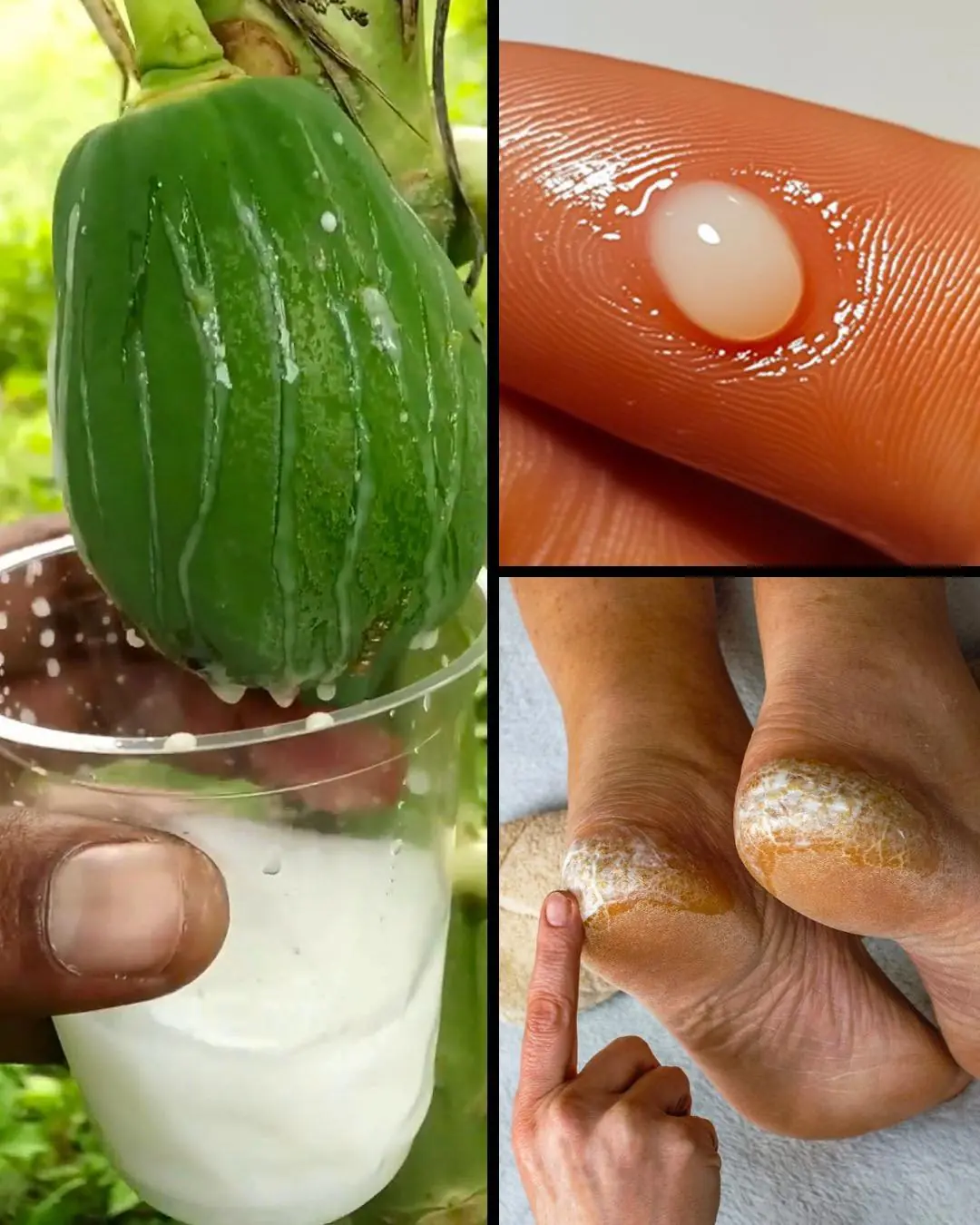
The Incredible Benefits of Papaya Sap: Nature’s Secret Remedy

What effect does mixing cloves, honey and cinnamon have on the body?

Coconut water is good for health but the following 5 groups of people absolutely should not drink it
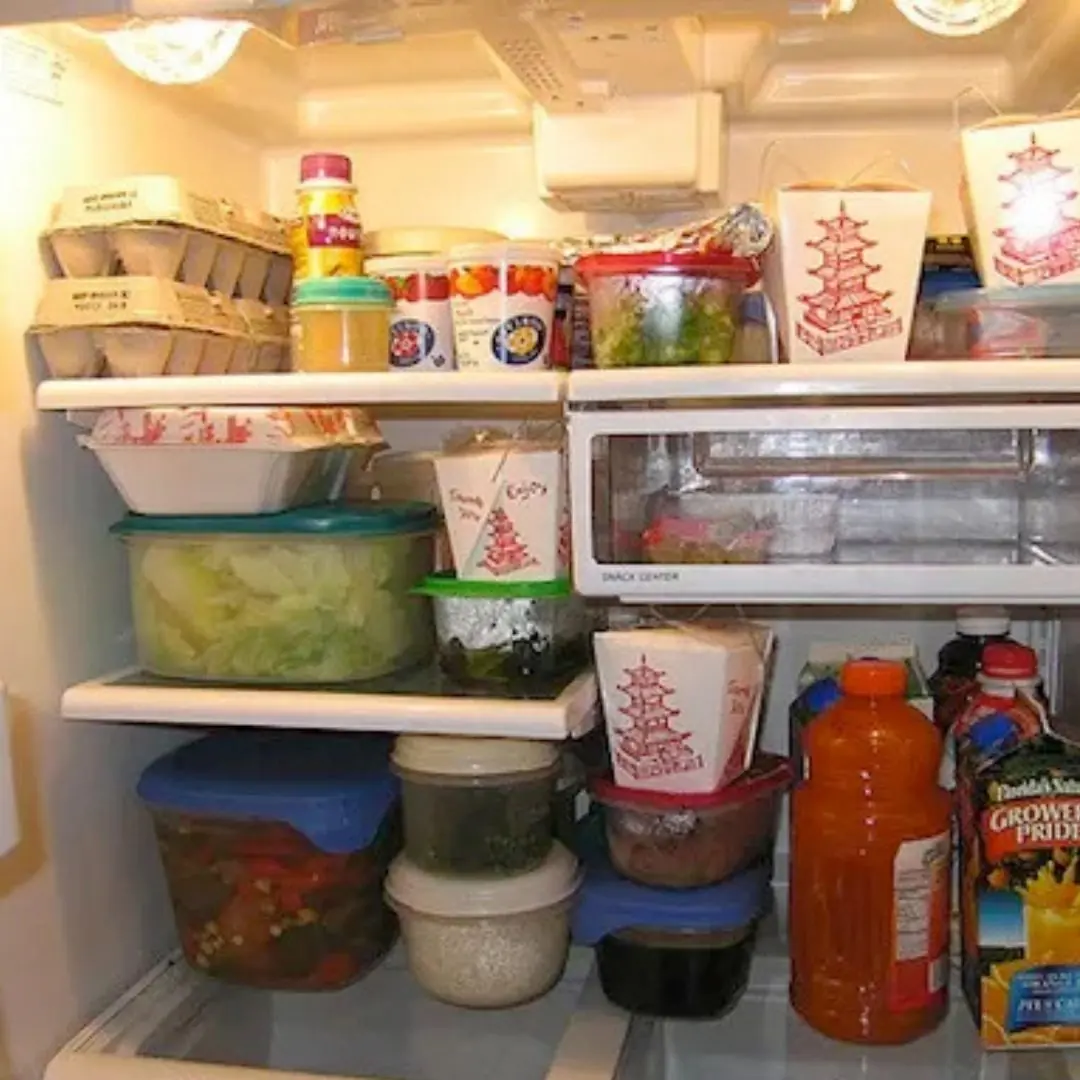
Why does the refrigerator compartment have a light but the freezer compartment doesn't?

6 Alarming Effects of Sleeping Less Than 7 Hours a Night, According to Recent Studies

If you know what this is, you had a very wild chilhood
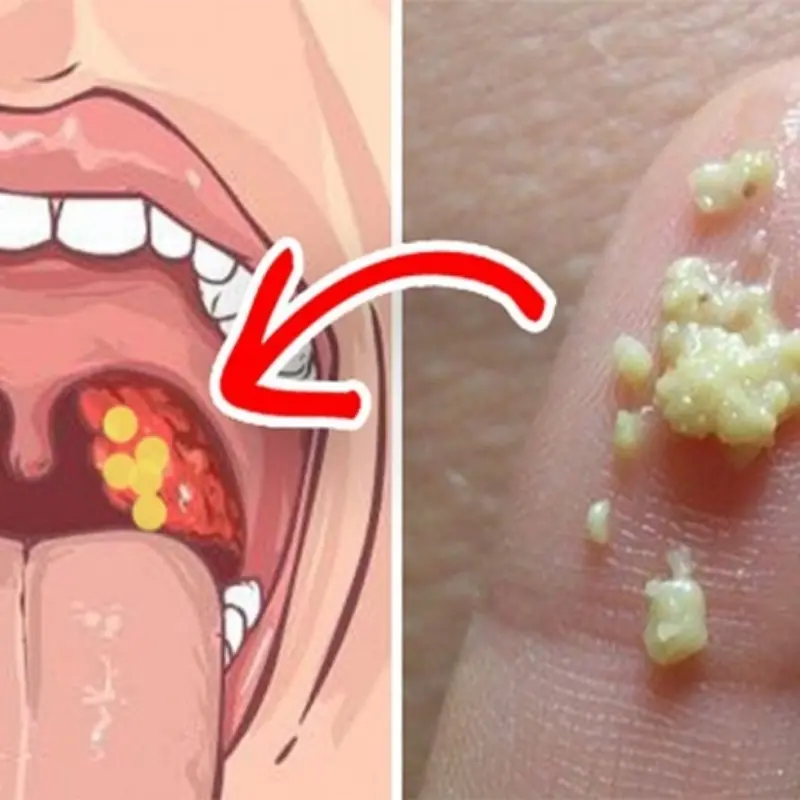
After Sneezing Several Times, I Noticed Something Strange in My Throat
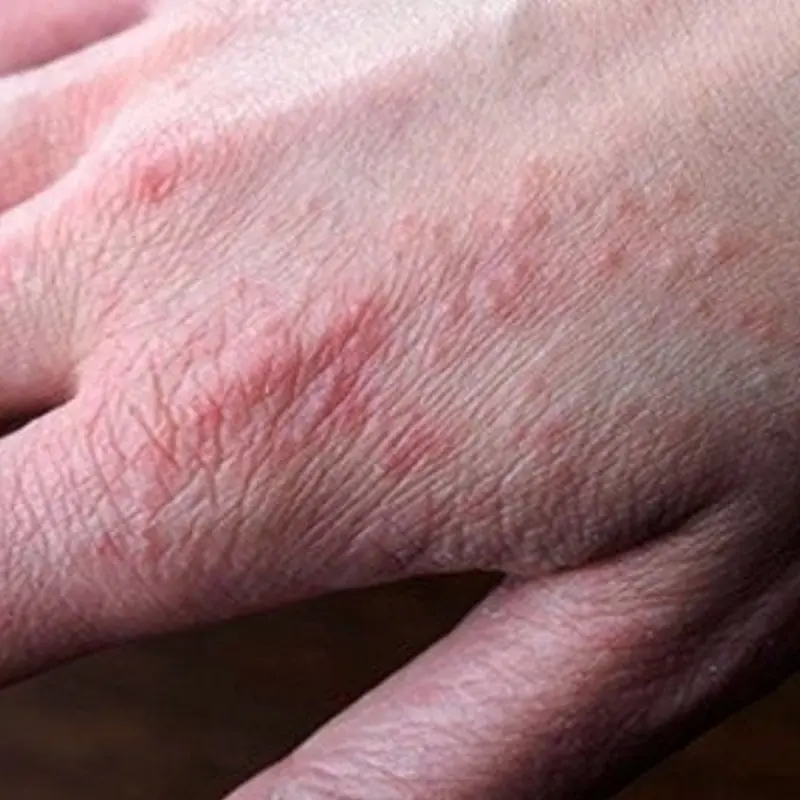
Doctors warn: if you have these tiny red dots on your arm or hand, do not ignore the warning signs

What Really Happens to Your Body If You Eat Sweet Potatoes for Breakfast Every Day

Over 200 People Are Ki.lled By The “World’s Deadliest Food” Every Year, But Almost 500 Million People Still Eat It
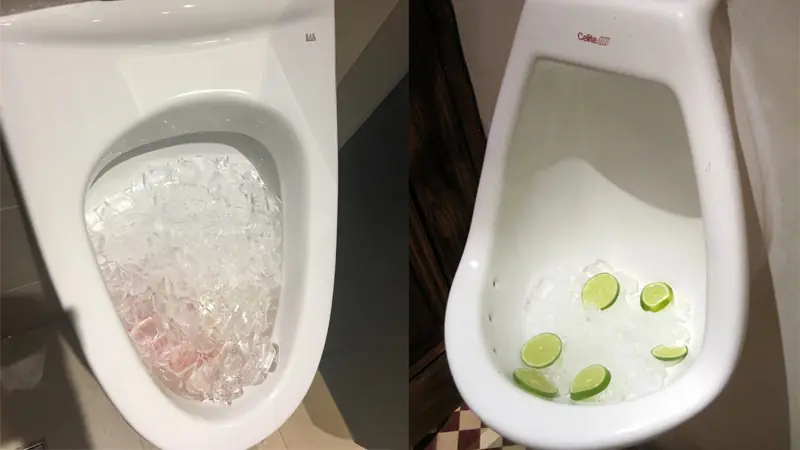
People Pour Buckets of Ice into the Toilet — The Result Leaves Everyone Stunned

A Nutritious Dish That Helps Ease Rheumatoid Arthritis and Can Be Cooked in Many Delicious Ways

What Animal You See First Will Reveal Your Anger Trigger

I Pulled This Baby Out Of A Burning House—And Then Found Out His Parents Left Him Behind
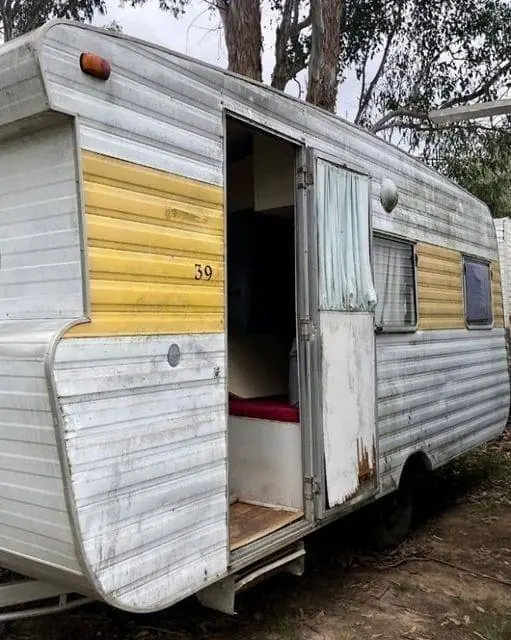
Kind people gave a homeless woman an old trailer!

The Birthday That Turned Into A Family Secret None Of Us Expected

20 years later, the surprising ending came back
